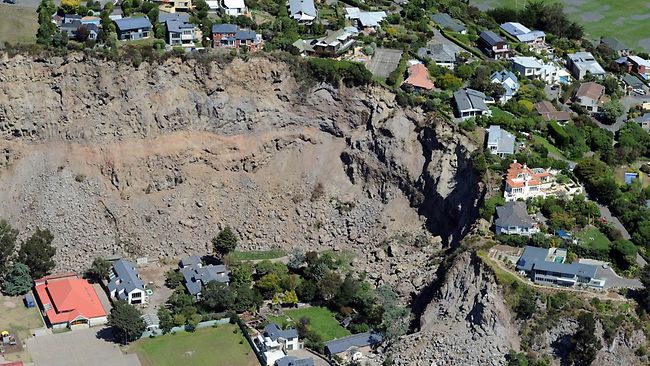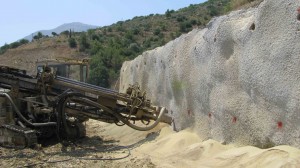On February 2011 an earthquake of M=6.3 magnitude struck Christchurch in New Zealand causing the death of 185 people. This earthquake has particular significance for geotechnical engineers, since a number of geotechnical phenomena were manifested during and after the event. Liquefaction in a wide area and landslides (rockfalls), caused widespread damage across Christchurch especially in the central city and eastern suburbs.
The 22nd February 2011 Christchurch earthquake was an aftershock of the September 4th, 2010 magnitude M=7.1 earthquake that struck the western part of the city. As a consequence the buildings and infrastructures that were already weakened, were severely damaged during the Christchurch earthquake.
The Geological Society of London is hosting a presentation about Christchurch earthquake on Thursday 11 April 2013. The presentation will focus on the geological and geotechnical aspects of the earthquake and on future development of Christchurch city.
See here for more details about the event and the speakers.

www.news.com.au

